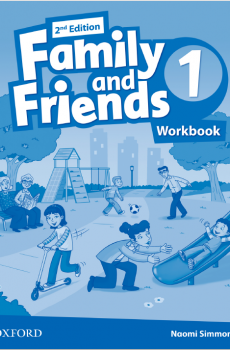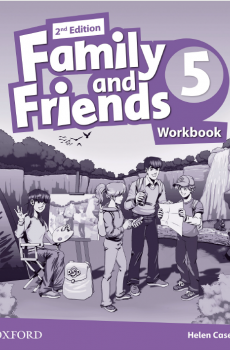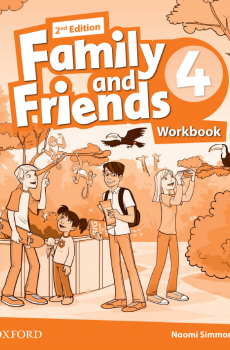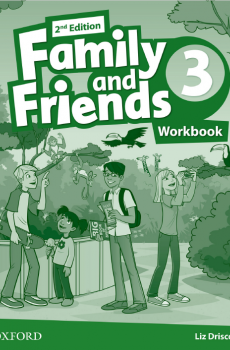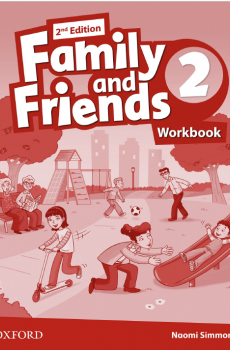The Esperanto Teacher A Simple Course for Non-Grammarians
The Esperanto Teacher A Simple Course for Non-Grammarians
Đăng nhập để đọc sách và tải về file pdf miễn phí
| Nhà xuất bản | Chưa rõ |
|---|---|
| Nhà xuất bản sách tiếp cận | Public domain |
| Năm xuất bản | 2005 |
| Coppy right | Chưa rõ |
PREFACE.
This little book has been prepared in the hope of helping those who, having forgotten the lessons in grammar which they received at school, find some difficulty in learning Esperanto from the existing textbooks. It is hoped it will be found useful not only for solitary students, but also for class work.
The exercises are taken chiefly from the "Ekzercaro" of Dr. Zamenhof. The compiler also acknowledges her indebtedness especially to the "Standard Course of Esperanto," by Mr. G. W. Bullen, and to the "Esperanto Grammar and Commentary," by Major-General Geo. Cox, and while accepting the whole responsibility for all inaccuracies and crudenesses, she desires to thank all who have helped in the preparation, and foremost among them Mr. W. W. Padfield, of Ipswich, for advice and encouragement throughout the work, and to Mr. E. A. Millidge, for his unfailing kindness and invaluable counsel and help in its preparation and revision.
MANNER OF USING THE BOOK.
The student is strongly advised to cultivate the habit of thinking in Esperanto from the very beginning of the study. To do this he should try to realise the idea mentally without putting it into English words, e.g., when learning the word "rozo" or "kolombo," let him bring the object itself before his mind's eye, instead of repeating "rozo, rose; kolombo, pigeon"; or with the sentence "la suno brilas, the sun shines," let him picture the sun shining. Having studied the lesson and learned the vocabulary, he should read the exercise, repeating each sentence aloud until he has become familiar with it and can pronounce it freely. Then turning to the English translation at the end of the book, he should write the exercise into Esperanto, compare it with the original, and re-learn and re-write if necessary. Although this method may require a little more time and trouble at first, the greater facility gained in speaking the language will well repay the outlay.
After mastering this book the student should take some reader, such as "Unua Legolibro," by Dr. Kabe, and then proceed to the "Fundamenta Krestomatio," the standard work on Esperanto, by Dr. Zamenhof.
A very good Esperanto-English vocabulary is to be found in the "Esperanto Key," ½d., or in "The Whole of Esperanto for a Penny."
THE ORIGIN AND AIM OF ESPERANTO.



